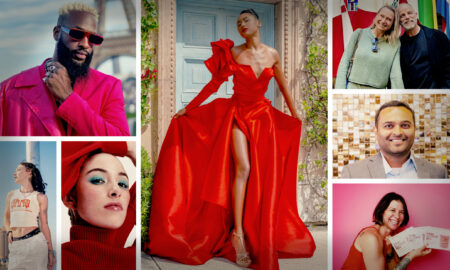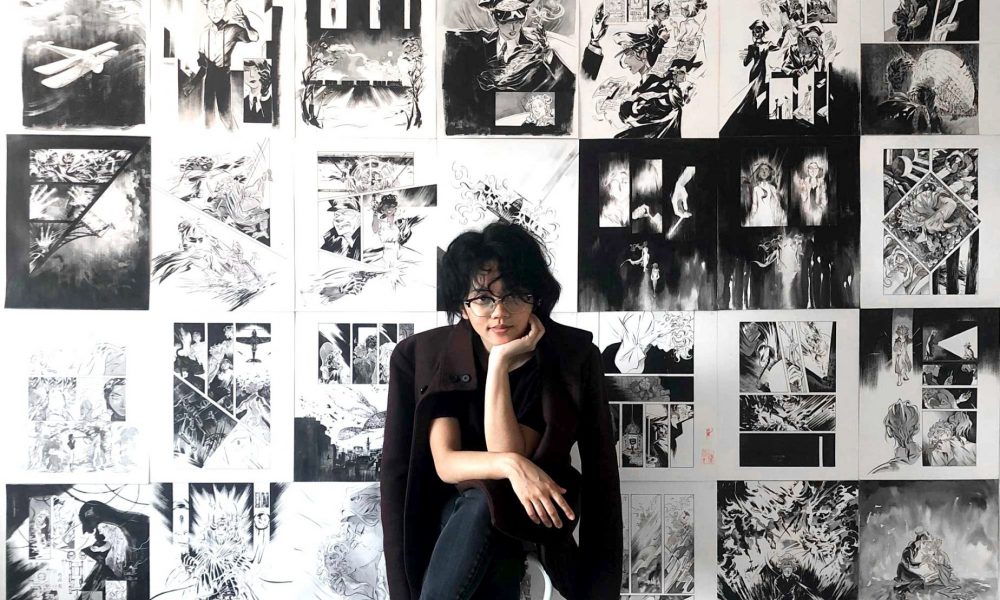

Today we’d like to introduce you to A.C. Esguerra.
Alright, so thank you so much for sharing your story and insight with our readers. To kick things off, can you tell us a bit about how you got started?
I’m A.C. Esguerra, a comics artist and illustrator. I immigrated from the Philippines to the U.S., then moved schools and houses a lot as a kid–a recipe for shyness and escapism in books, movies and doodling if there ever was one. When it came time to choose a major in high school, I was torn between Creative Writing and Visual Art. I went with the latter. But really, I guess I never had to choose. No matter which class I was in, I was drawing comics with cheap pens and highlighters under the table or behind a textbook. I got serious about doing comics as a career at 16.
I took a major detour when I went to UCLA as a Design student for a couple of years. The program turned out to be a bad fit for me–I actually almost gave up on comics completely at that point. Instead, I transferred to Laguna College of Art + Design and finished with a BFA in Illustration in 2015. After graduating, I moved back to LA to look for work. I’d thought that I’d end up working for one of the Big 2 comics publishers or the animation industry. Those seemed like the only viable art career options. But as rejections piled up and months passed, I realized that that wasn’t what I really wanted to do. That was a scary, bleak time–I felt like I’d made a terrible mistake choosing art and wasted a lot of time and money. Luckily, some good friends from art school taught me how to apply as an exhibitor to local anime and comic conventions. Selling prints, merch and self-published comics and zines at those events kept the lights on and introduced me to a lot of the friends and colleagues I have in my life today.
At that time, in between job applications and tabling at cons, I’d been working on an original comic about 1930s pilots, romance and rebellion. I submitted the first 80 pages of it to an organization whose table I’d found at Wondercon: PRISM Comics, a nonprofit that supports LGBTQ+ comic creators. They chose the story for a Queer Press Grant Award in 2016. With that encouragement, I developed the story further, then sent it to some editors who’d given me their business cards at various other conventions. There was enough interest for me to get an agent and sell that story, which became my first published work in 2021: “Eighty Days”. It went on to hit the Young Adult Library Association’s list of Great Graphic Novels for Teens and was nominated for the International School of Beijing Panda Book Awards and the 2022 GLAAD Media Award for Oustanding Graphic Novel. Basically, this whole journey has been a dream come true and totally bananas to me.
Nowadays, as a cartoonist, I continue to write and draw my own stories. Sometimes I work with large or small publishers to get my books out in the world; other times I still self-publish at cons or online. I also post about my creative process and concepts on a Patreon for subscribers. On the freelance side, I get commissions from various clients for all kinds of art: comic covers, tarot cards, character designs, website assets and blog essays, and so on. Most recently, I produced public art comics about poet-activists in history for the San Francisco Arts Commission. These were printed as huge posters and installed in bus stops along Market Street, which was insanely cool! Never in my life did I think I would make a comic page taller than I am.
Can you talk to us a bit about the challenges and lessons you’ve learned along the way. Looking back would you say it’s been easy or smooth in retrospect?
To this day, I can still hear the voices of industry professionals telling me, “traditional art is irrelevant”, and “hate to break it to you, but only 2 or 3 of the people in an art school classroom will actually be doing art in a few years”. It’s true that illustration can be a competitive field: always changing and slow to become sustainable. But it’s also true, I think, that one of the greatest barriers to a healthy career in the arts is being told that what you do is worthless. Not only is it demoralizing, but when that attitude is accepted on a systemic level, you get clients and corporations who feel justified in offering artists unfair compensation and predatory practices. It was definitely difficult to find clients who would pay me fairly and treat me as a skilled creative professional and not like a machine or a disposable part of one—or, these days, an anonymous and non-consenting dataset for one.
I don’t want to glamorize my problems. I had the privilege of an art education, so I knew the value of my craft and had peers to share advice and info with. I also had a supportive partner, parents, and roommates to split the rent. All of that meant I had the resources and time to take on debt, build my portfolio and hold out long enough for better-paying projects to start coming in. People without some or all of these things cannot afford to do that or will face a lot more barriers. I started doing art full-time in 2015 and I think it’s only gotten harder to pursue since then. Independent comic artists now are facing a lot of challenges: censorship of LGBTQ+ and BIPOC stories and voices, small press publishers shutting down, online marketplaces and social media becoming hostile or unsustainable, health and travel concerns making it risky to attend in-person events.
There’s no easy or one-size-fits-all way to navigate all of this. Every artist has different goals and needs. I can only recommend finding your people (this means other artists you trust, but also professionals and friends who work in other fields) and using any resources you can find to stay informed, learn about new skills and paths to try, and remind yourself you’re not alone. And of course, raw persistence.
As you know, we’re big fans of you and your work. For our readers who might not be as familiar what can you tell them about what you do?
My specialty is traditional ink and watercolor technique, so I mainly work with brush and ink nib on paper. I can and do work digitally sometimes, but the tangible, unpredictable nature of physical media is deeply satisfying to me. It just can’t be beat! I’m known for having bold lines and intricate compositions in my art. I get a lot of inspiration from manga, comics and illustration, but also from world history, literature, architecture, poetry and the natural world.
My original storytelling blends fantasy and realistic elements with just a dash of darkness and rebellion. I center POC and queer characters and perspectives to hopefully expand readers’ perceptions of history and the “universal” experience. I want to make comics that are beautiful, powerful experiences–whether quiet and small or sweeping and intense, I hope that my stories alter the readers’ outlook in some way afterward.
I think what I’m most proud of is that I’ve managed to build a career in the arts that gives me an incredible amount of artistic freedom and control. I get to choose the kinds of stories I tell and which clients I work with. I get to communicate the things I love and the messages that are most important to me. And somehow, I’ve been able to make just enough of a living from this work to continue doing it. I can’t take all the credit because I’ve had an amazing support system and no small amount of luck along the way. But it took a lot of effort and time to get to this point. Every day I regard it as a kind of miracle, and it motivates me to keep growing as an artist and storyteller.
We’d love to hear about how you think about risk taking?
When I think of the decisions that scared me the most–leaving university, persevering with creating my own comics even when I could see no future for them–I think there’s a common theme, which is “betting high on yourself”. Countless times back then, I’d make a drawing and think, “no one wants this”. I still have that thought sometimes. I think part of the risk of creative work is daring to believe that that thought is lying to you. If you persist in making and putting out the best work you can, from the heart, someone out there will connect with it. It’s a matter of finding them. It’s not a simple matter–but that’s what it comes down to.
Pricing:
- Eighty Days (Original Graphic Novel) – $29.99 (Price may vary by retailer)
- Who Was A Daring Pioneer of the Skies?: Amelia Earhart – $12.99 (Price may vary by retailer)
Contact Info:
- Website: https://blueludebar.com/
- Instagram: https://www.instagram.com/blueludebar/
- Twitter: https://twitter.com/blueludebar
- Other: https://www.patreon.com/blueludebar

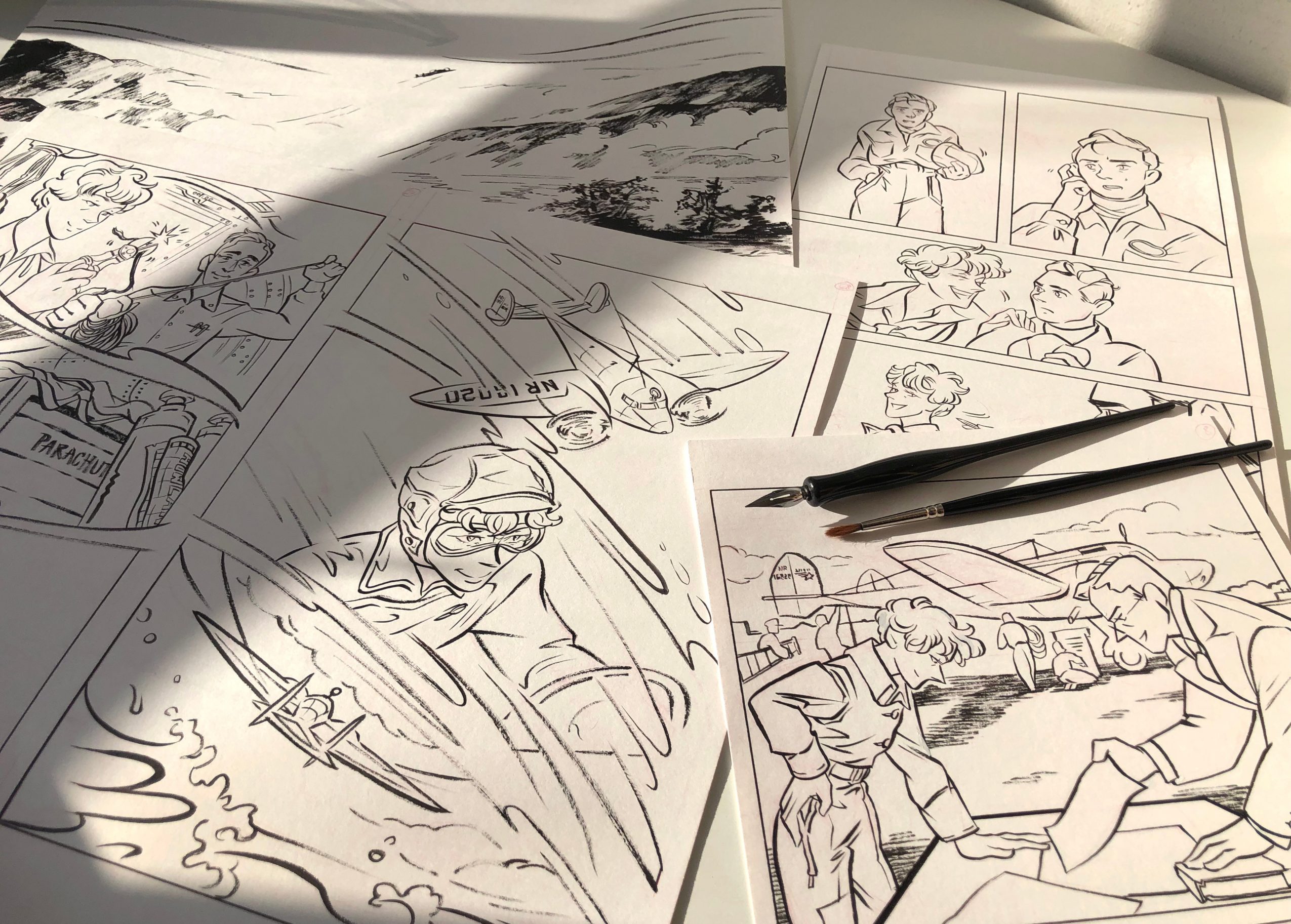
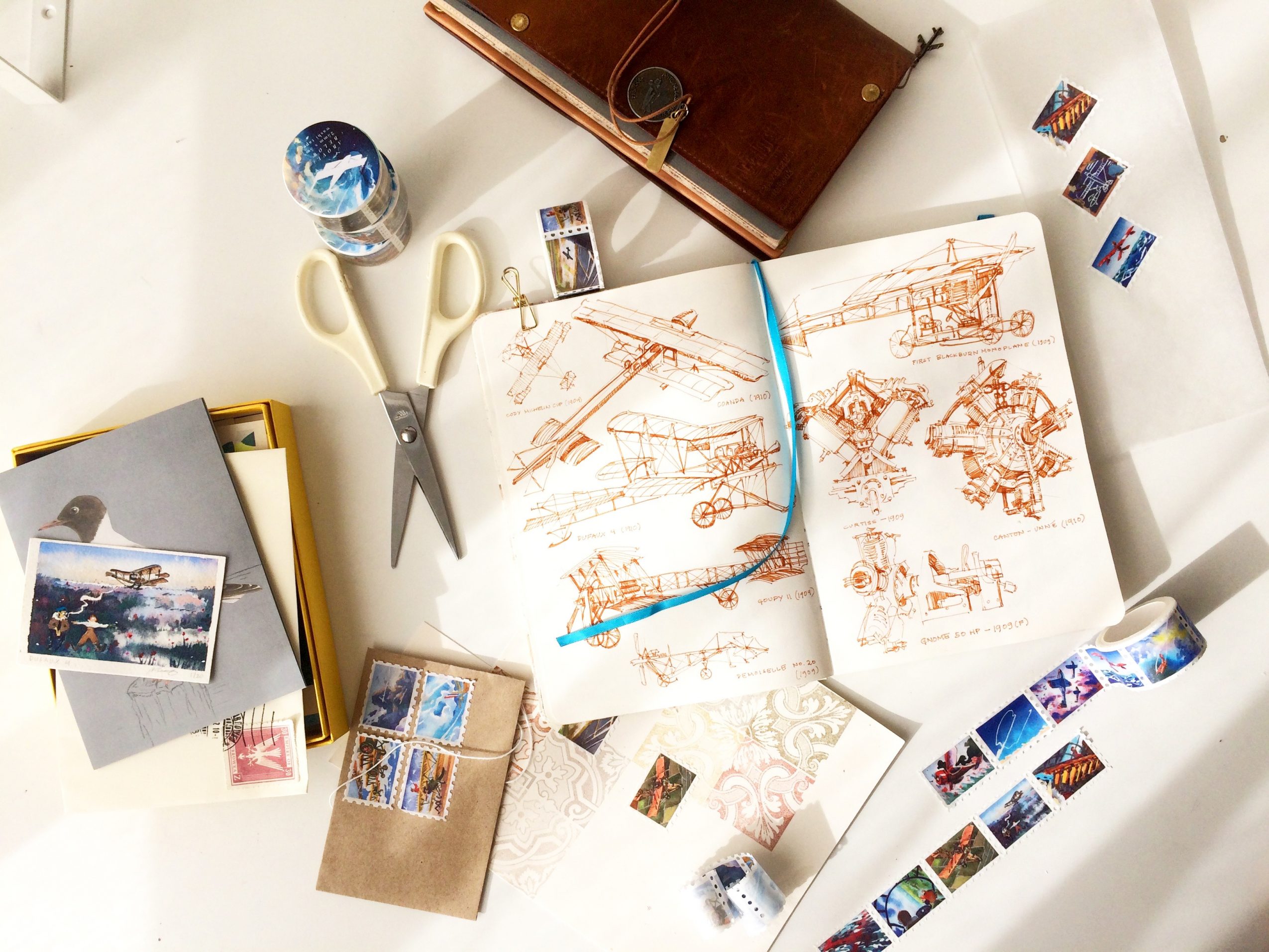

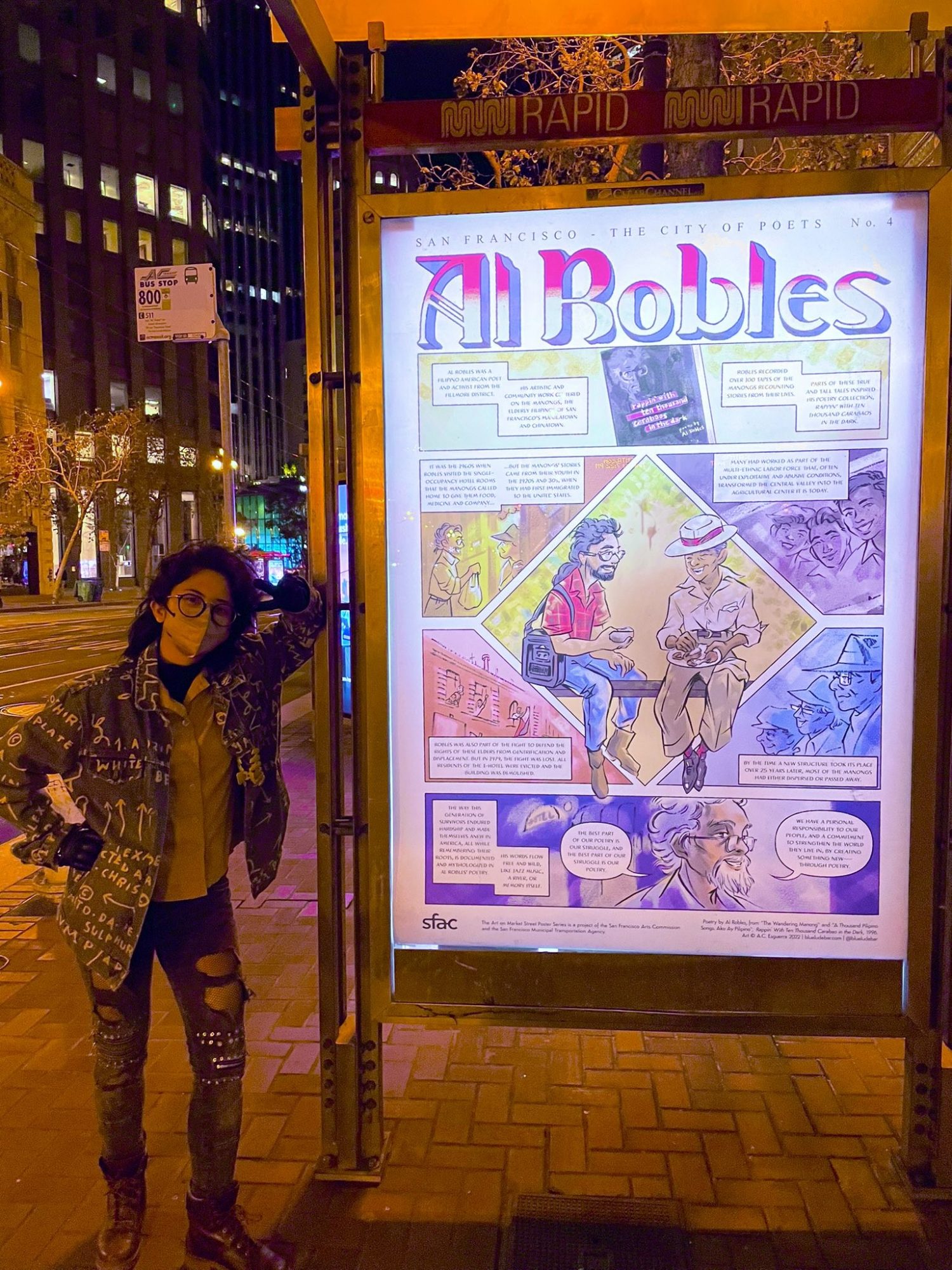
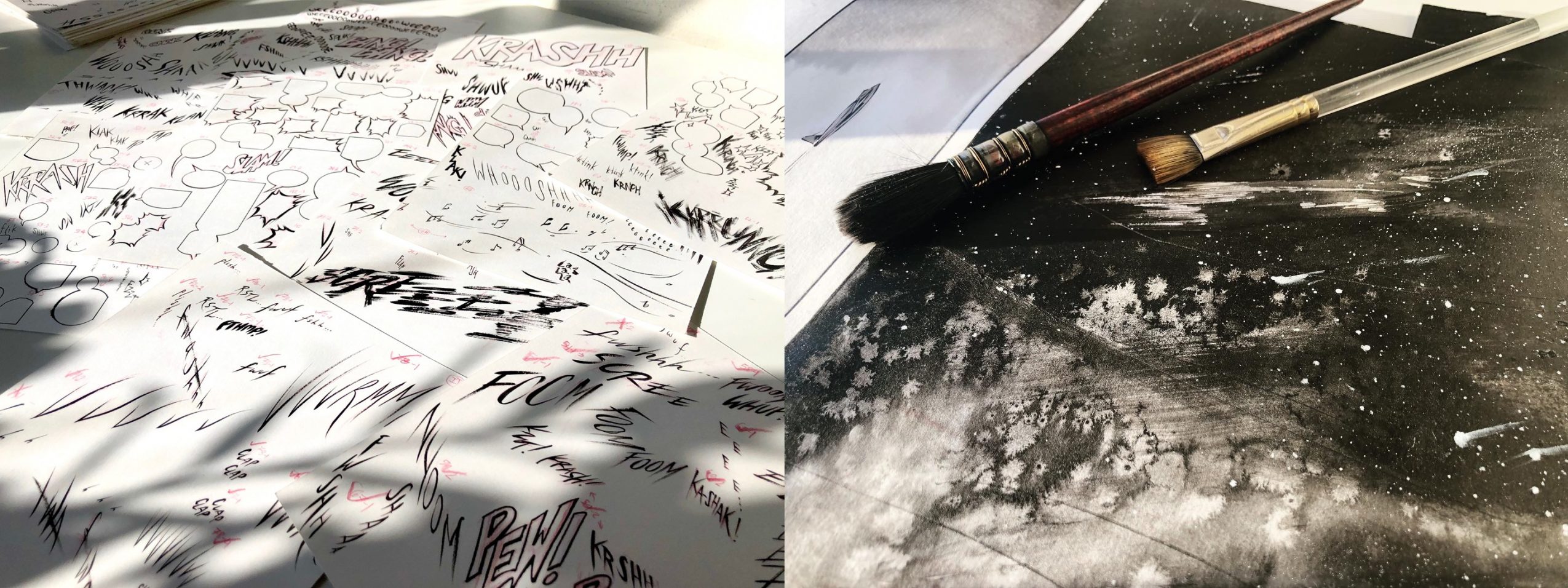
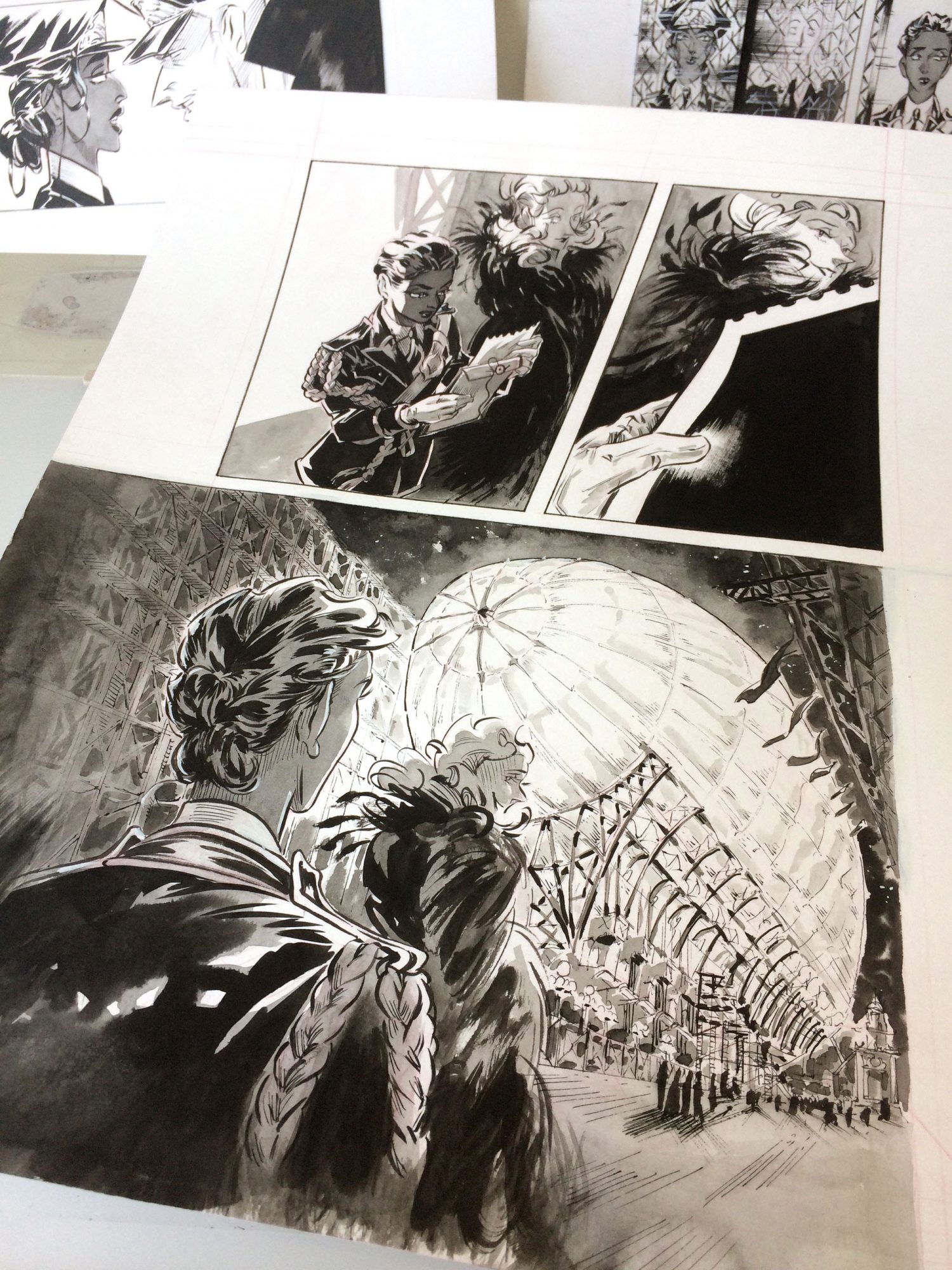
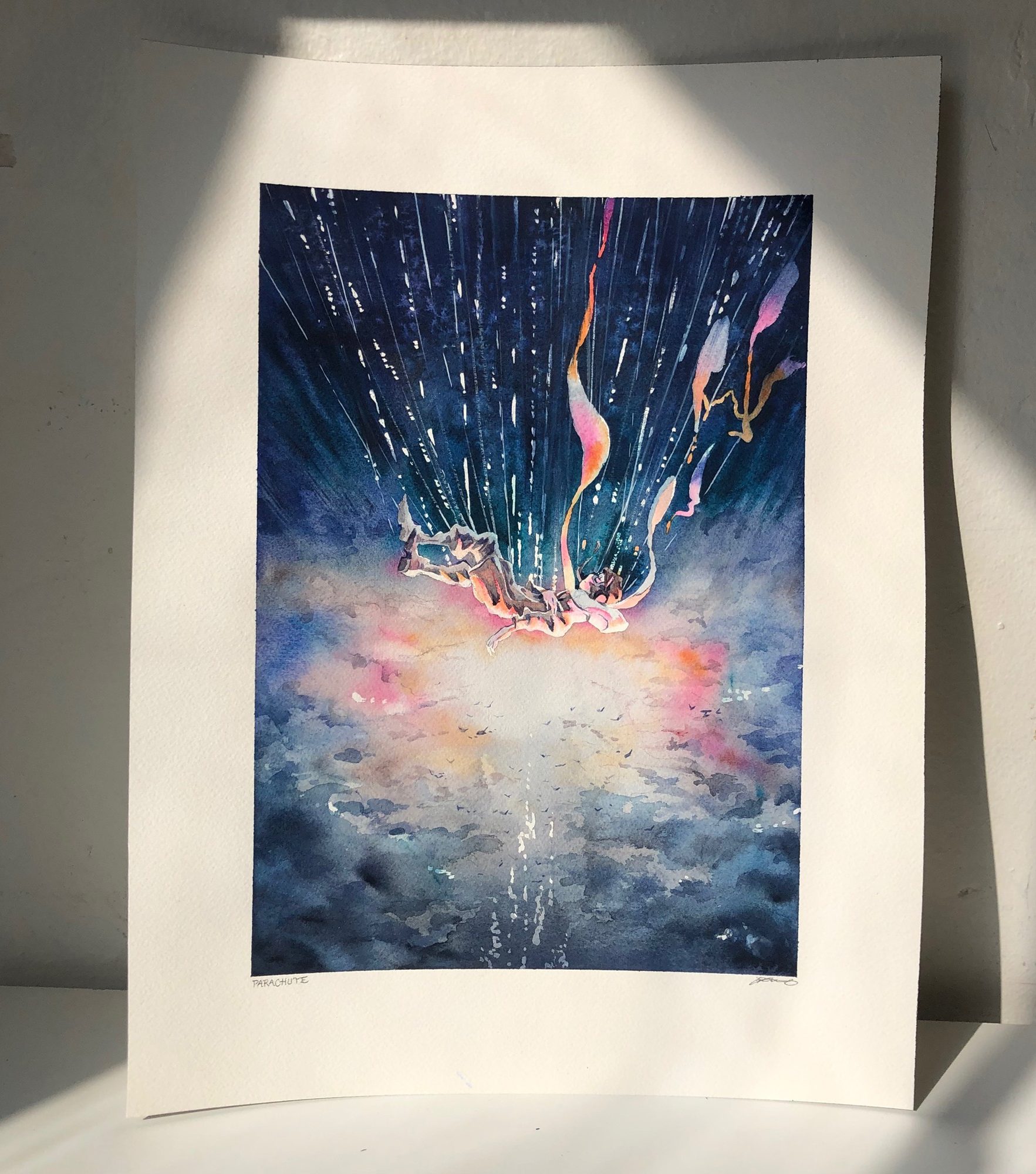 Image Credits
Image Credits
A.C. Esguerra

